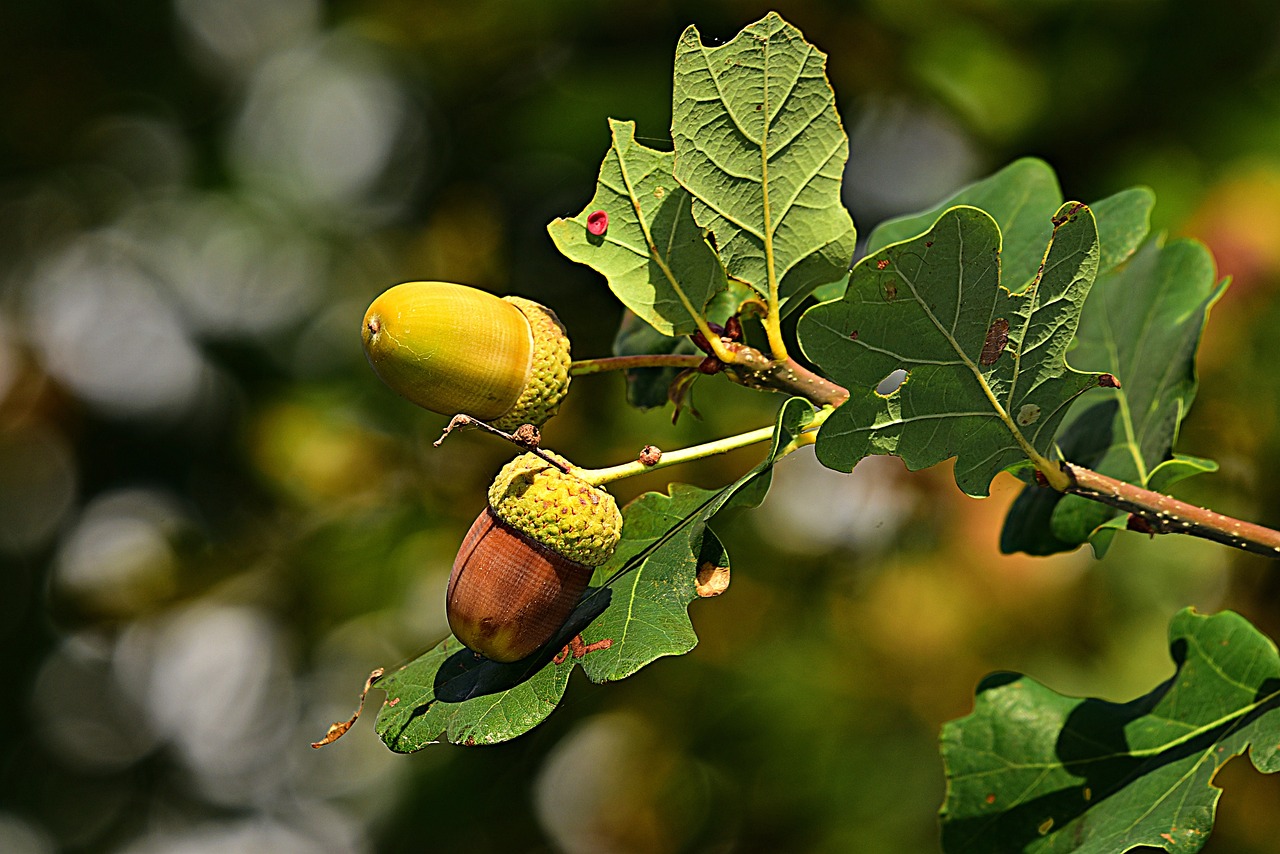Food and Climate Change: Challenges and Solutions
Food production and consumption play a significant role in climate change. The way we grow, harvest, transport, and consume food has a massive impact on greenhouse gas emissions and other environmental issues. In this article, we will delve into the challenges that food production poses to the environment and explore potential solutions to mitigate these effects.
The Impact of Food Production on Climate Change
Food production accounts for a significant portion of global greenhouse gas emissions. The agriculture sector is responsible for approximately a quarter of all greenhouse gas emissions, with livestock farming being a major contributor. Livestock farming produces methane, a potent greenhouse gas that is much more effective at trapping heat in the atmosphere than carbon dioxide.
Challenges in Food Production
There are several challenges in food production that contribute to climate change. One major issue is deforestation for agriculture. Clearing forests to make way for crops or pastureland releases large amounts of carbon dioxide into the atmosphere. Additionally, intensive farming practices often involve the use of synthetic fertilizers and pesticides, which can release nitrous oxide, another potent greenhouse gas.
Solutions to Mitigate the Impact of Food Production
There are several solutions that can help mitigate the impact of food production on climate change. One key strategy is to promote sustainable farming practices. Sustainable agriculture focuses on using natural resources efficiently, reducing waste, and minimizing environmental impact. This can involve practices such as crop rotation, organic farming, and agroforestry.
Adopting a Plant-Based Diet
One of the most effective ways individuals can reduce their carbon footprint is by adopting a plant-based diet. Livestock farming is a major contributor to greenhouse gas emissions, so reducing meat consumption can have a significant impact on reducing emissions. Plant-based diets are also healthier and more environmentally sustainable in terms of land and water use.
Reducing Food Waste
Another important step in reducing the environmental impact of food production is to reduce food waste. Globally, around one-third of all food produced is wasted. Food waste not only represents a significant loss of resources but also contributes to greenhouse gas emissions. Rotting food in landfills produces methane, a potent greenhouse gas.
FAQs
Q: What is the carbon footprint of different types of food?
A: The carbon footprint of food varies depending on how it is produced. Generally, plant-based foods have a lower carbon footprint than animal-based foods. For example, producing a kilogram of beef can produce up to 27 kilograms of carbon dioxide equivalent, whereas producing a kilogram of lentils produces only 0.9 kilograms.
Q: How can individuals reduce their carbon footprint through food choices?
A: Individuals can reduce their carbon footprint by adopting a plant-based diet, reducing food waste, buying locally produced foods, and choosing organic and sustainably produced foods.
Q: What role do food companies play in addressing climate change?
A: Food companies have a crucial role to play in addressing climate change. By adopting sustainable sourcing practices, reducing food waste in their operations, and investing in renewable energy, food companies can significantly reduce their carbon footprint and contribute to a more sustainable food system.
Conclusion
Food production has a significant impact on climate change, but there are solutions available to mitigate these effects. By promoting sustainable farming practices, adopting a plant-based diet, and reducing food waste, we can all play a role in creating a more sustainable and environmentally friendly food system.







